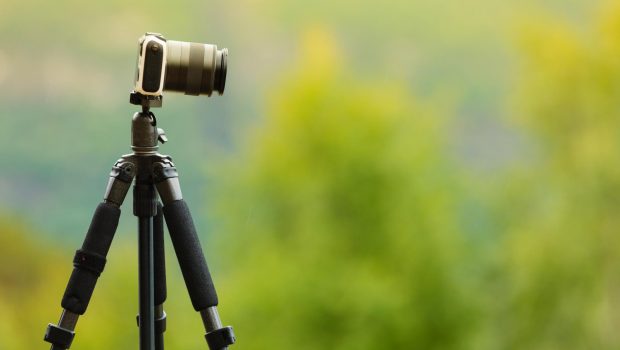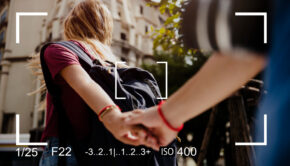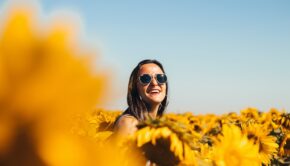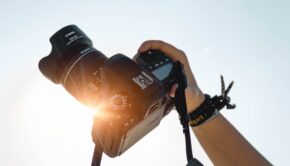Top Wildlife Photography Hacks You Should Know
Photography is a wide profession with many different fields to specialize in. One of those fields is wildlife photography. This type of photography focuses on capturing nature and wild animals in remote areas. It started during the early 20th century as people realized they could enjoy a safari while shooting animals with their cameras, not guns.
If you love nature and photography, then wildlife photography might be the career for you. This job can help you connect to nature, experience amazing moments, capture them, and learn more about animals. It is an exciting job that brings a lot of adventure and allows you to see animals you could only see in videos.
Wildlife photography is still a relatively new career option, and there are many opportunities. If you are considering this career option, here are some tips that could help you get there.
1. Get to know your camera
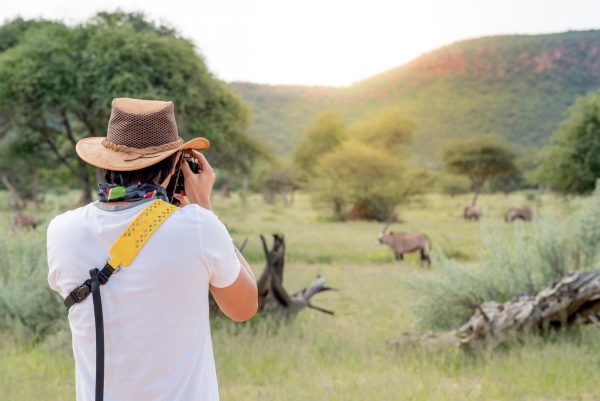
When you get your camera, take the time to learn more about it. You can’t just get out and start shooting images. Even semi-professional digital cameras have a lot of complex settings, and you need to know how to set up yours to get the best photos.
Some of the best photographers use a certain camera model simply because they’re used to it and know all its secrets. The more you learn about your camera, the better photos you will be able to use it.
2. Be patient with your subjects
When photographing wild animals, you will have to be patient. Wildlife photography takes time because you can’t talk to the subjects and tell them what to do. One of the greatest rookie mistakes is losing patience and simply taking a couple of quick shots and moving on.
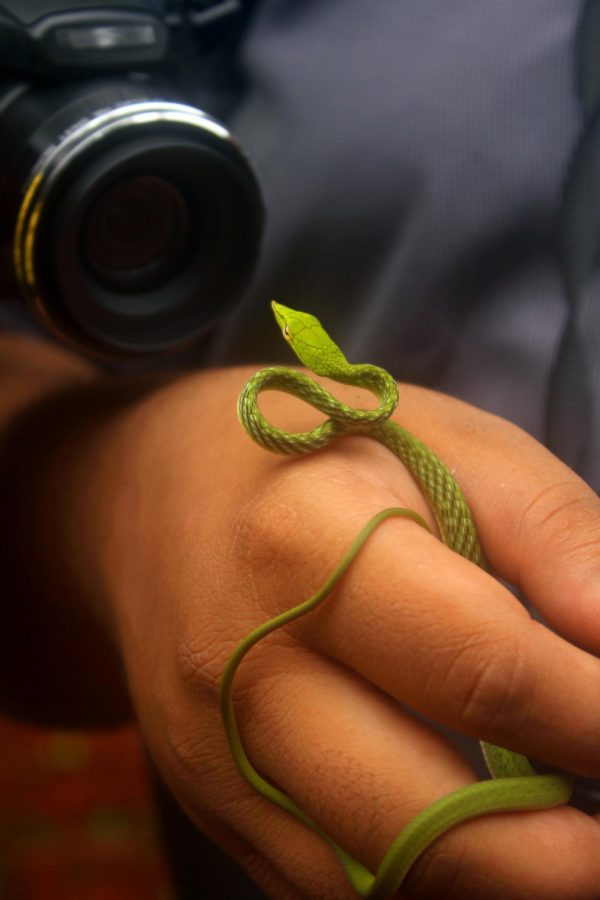
If you do this, you will miss the best opportunities for taking great shots. You need to wait for those special moments when wild animals start interacting with each other or become active in a certain way.
3. Always consider the sunlight
In most cases, wildlife photography will look good when the sun is directly behind the photographer. This means that the subject is perfectly illuminated and there is enough light for all details. Still, there are situations where you can experiment with sidelight or backlight to capture something interesting.
A perfect example is white animals, like swans. When they are photographed against a dark background with good backlight, they look amazing. You can also use the halo effect to make your images even more creative.
4. RAW photographing brings great results
Shooting in RAW format reduces the chances of making mistakes. The RAW format gives more versatility when it comes to image editing. Even if something isn’t good in the shot, you can edit all that later if the photo has been shot in RAW.
In most cases, when shooting in RAW, you can change anything you want. For example, if you overexposed or underexposed your image, you can use the dynamic range to correct the exposure.
5. Adjust exposure
Digital photography is great because the photographer can check how accurate their photo is just seconds after taking the shot. However, you shouldn’t learn to rely on the image on the camera’s display as it can sometimes be misleading.
A better way is to learn how the histogram is used. You can also rely on highlight alerts to see if images are exposed properly.
6. Use stabilizing equipment
One of the most important wildlife photography hacks is to make sure that you are using some stabilizing equipment when shooting. If we are talking about land shooting, make sure to get a tripod. If you are shooting from a boat, use a monopod, or hold the camera in your hands.
When shooting from a car, use a bean bag over the car door. Open your window to make sure that the images are clear. Having your lens and camera stable at all times is essential for good shots.
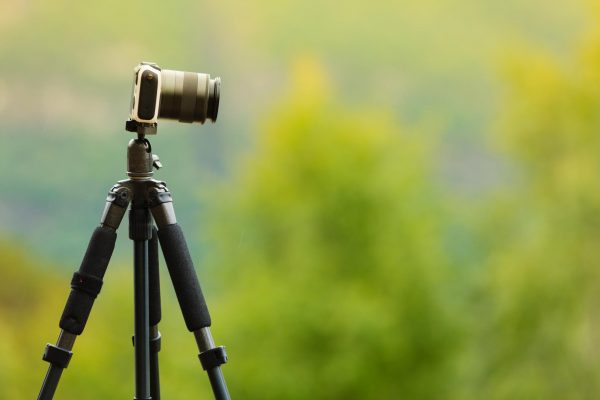
7. The background matters
The background is just that, the background. Don’t try to make both the background and the subject the main focus of your photos. Many have tried this and failed; it never yields great results. Of course, the background elements can improve your photo, but if they are over the top, your photos will look too crowded.
Change the angle of your shot, or your vantage point to adjust the background. Consider things like mountains, waterfalls, and gorges as great background elements.
8. Make sure the eyes and head are in focus
The depth of field can be narrow with a telephoto lens, and this is the most used type of lens in wildlife photography. This is why one of the most well-known wildlife photography hacks is to make sure to get your focus point right. Choose it wisely.
In most cases, the focus area should be the eyes or the head of the animal. Bear in mind that the further away you are, the less value your focus will have.
9. Set a high shutter speed
If you want to shoot moving animals, then you need to set the shutter speed high. If you are shooting a small animal, the shutter speed should range from 125 to 250. However, if we are talking about faster animals, consider going from 1000 and up to 4000.
Essential wildlife photography gear
Camera
When getting a camera for wildlife photography, consider quality ISO performance and the quick burst mode. These two can help you capture great photos in challenging conditions.
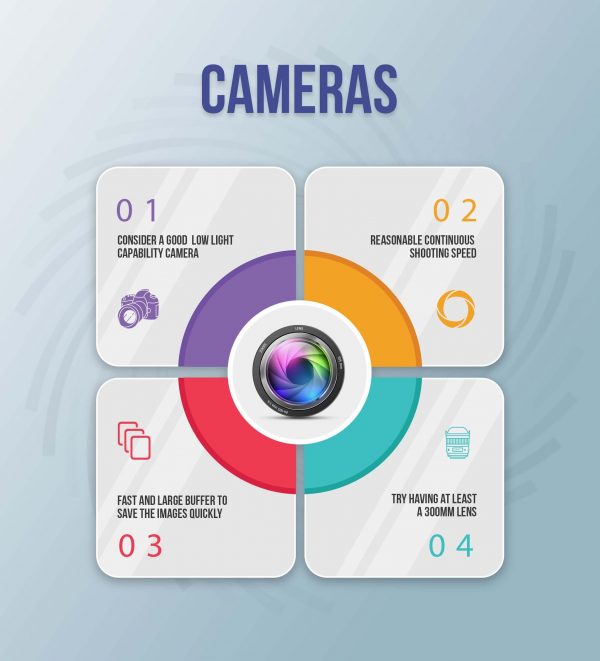
Telephoto lens
Getting close to wildlife can always bring better results. However, this is not always possible, and you will need a telephoto lens that can capture good shots from further away.
Tripod
As we mentioned earlier, a tripod is a must when shooting on the ground. It can give you great stabilization as conditions can be harsh in the open.
Rain Cover
Some of the best images in nature are shot during the rain. You need to protect all of your equipment from getting damaged.
Clothing
Blending in is vital to get as close as possible to wild animals. Get clothing that can help you camouflage yourself but also make sure that it can protect you from the environment.
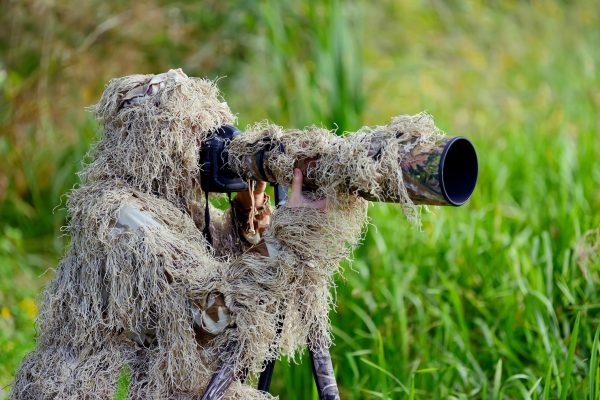
Bean bag
A bean bag can help you set up on the ground and take stable shots from a low angle. This is sometimes essential since you will have limited space.
Wide lens
In some situations, you will be able to get close without scaring the animal away. In these situations, it’s better to use a lens with a wider angle as you will be able to catch the surroundings in better detail.
Teleconverter
Having a teleconverter on your lens will give you better range. However, be careful when taking photos with it as it can affect the overall photo quality.
Conclusion
Wildlife photography can be really exciting, and you will have fun doing it. In the end, remember to edit your photos to enhance them and bring out the details. Smart Photo Editors Professionals can help you with this if you don’t know how to do it yourself.

